The Beginning
Throughout the history of our country, especially during times of war, women have tended to the wounded. In July 1775, George Washington requested one female nurse for every ten men. The women were paid $2 a month. This was actually the first organized nursing unit, even though it did not have training and was not considered part of the military.
During the War of 1812, wives, sisters, and mothers served as nurses who tended the soldiers’ wounds. Twenty-three of these Civil War 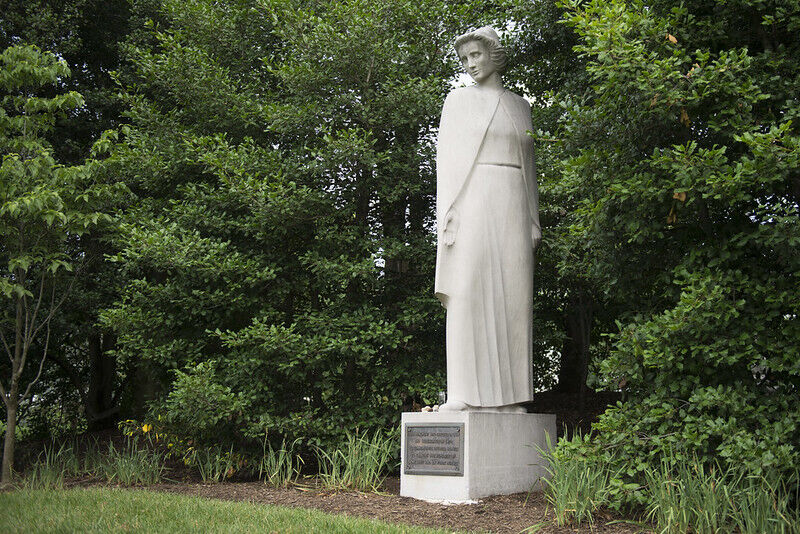 Nurses Memorial Statuenurses are buried in Section 21 at Arlington National Cemetery including;
Nurses Memorial Statuenurses are buried in Section 21 at Arlington National Cemetery including;
Anna Platt, who was the first nurse buried at Arlington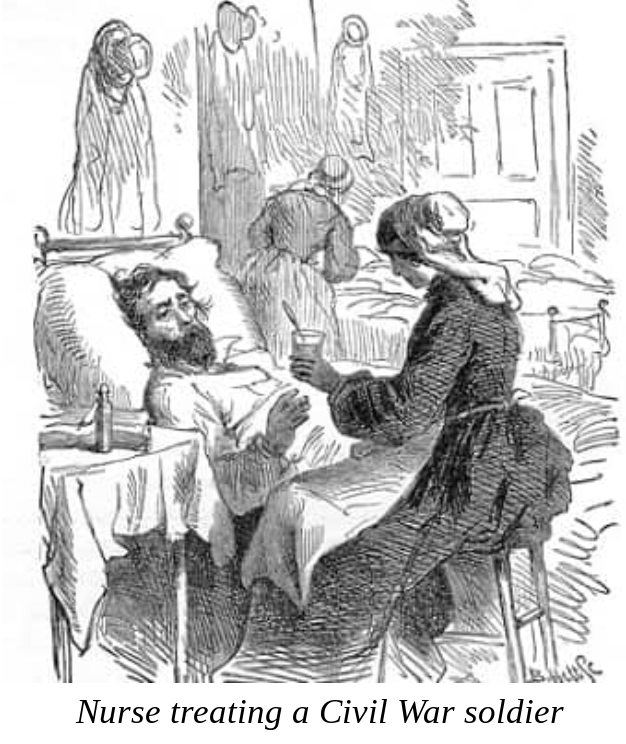
Adelaide Spurgeon, received an invalid's pension for her service
Caroline Burghardt, the youngest nurse, received an invalid's pension
Sarah E. Thompson, after her husband was killed, became a nurse. She also gave lectures on her experiences
Emma Southwick Brinton is one of three nurses at Fredricksburg, VA. Received an invalid's pension.
During the beginning of the Civil War, in 1861, two women made their marks on the nursing profession, Clara Barton and Dorothea Dix.
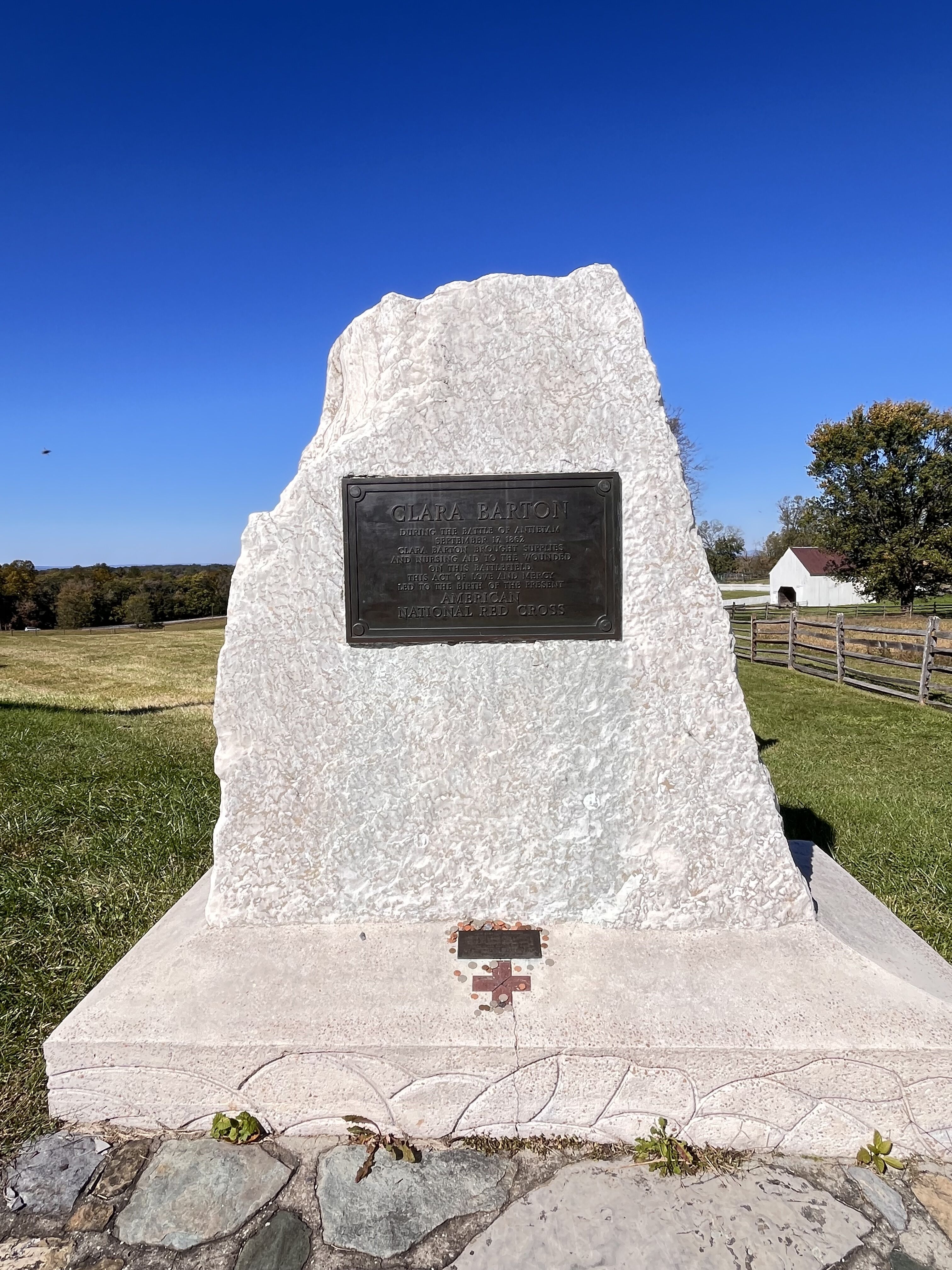 Clara Barton Monument AntietamClara Barton contributed a lot to the nursing and care of soldiers. During the Civil War, Barton delivered much-needed supplies to Union
Clara Barton Monument AntietamClara Barton contributed a lot to the nursing and care of soldiers. During the Civil War, Barton delivered much-needed supplies to Union 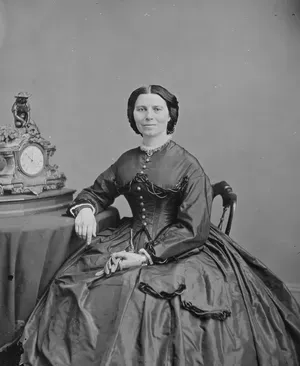 Clara Barton photograph Mathew B Brady 1866 soldiers. She assisted surgeons and tended to the wounded without formal medical training, earning her the nickname “Angel of the Battlefield.” Barton also helped to reconnect more than 20,000 soldiers with their families. Clara Barton Monument Antietam
Clara Barton photograph Mathew B Brady 1866 soldiers. She assisted surgeons and tended to the wounded without formal medical training, earning her the nickname “Angel of the Battlefield.” Barton also helped to reconnect more than 20,000 soldiers with their families. Clara Barton Monument Antietam
After the war, with permission from President Lincoln, she opened the Office of Missing Soldiers.
Dorothea Dix also transformed nursing. Once Congress authorized female nurses to work in Army hospitals, Dix became the Superintendent of Women Nurses for the Union Army. She had extremely high standards, but those standards helped advance the role of war nurses and nurses overall. Dix was also an advocate for formal training for nurses and pushed for better healthcare for the mentally ill, which helped to  Dorothea Dixrestructure hospitals here and abroad. In 1862, a formal nurse training program began at the New England Hospital for Women and Children. The training program at the New England Hospital was a one-year program that included 12-hour lectures that were required of all nursing students. The first trained nurse, Linda Richards, graduated in 1873. The first African American nurse, Mary Eliza Mahoney, graduated in 1879.
Dorothea Dixrestructure hospitals here and abroad. In 1862, a formal nurse training program began at the New England Hospital for Women and Children. The training program at the New England Hospital was a one-year program that included 12-hour lectures that were required of all nursing students. The first trained nurse, Linda Richards, graduated in 1873. The first African American nurse, Mary Eliza Mahoney, graduated in 1879.
By the time the Spanish-American War rolled around in 1898, Congress gave authority to the Surgeon General to appoint women nurses. They were paid $30 a month. 1,500 contract nurses signed up and were assigned to the Philippines and Cuba. Some of those 1,500 also included Native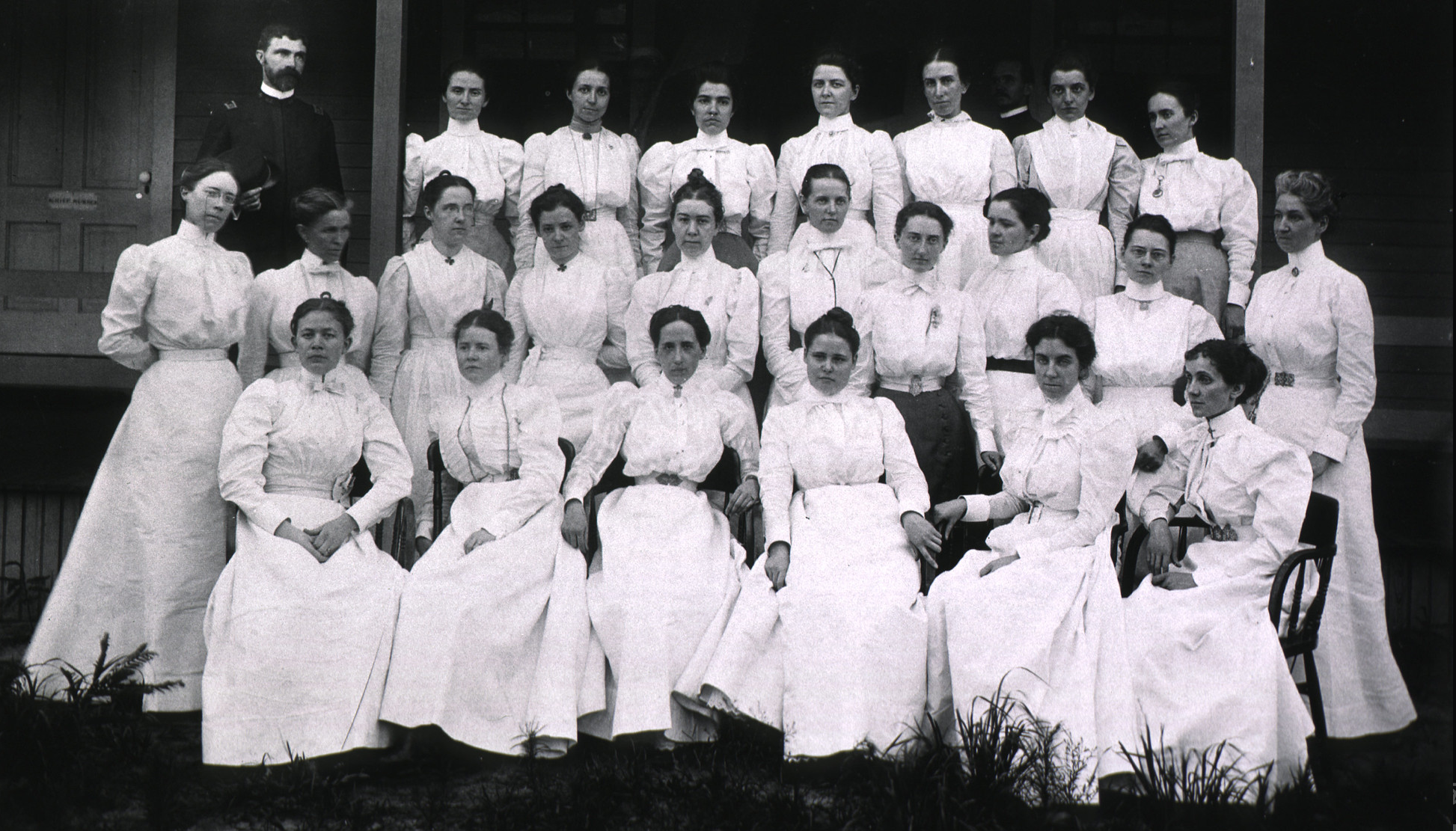 Spanish American War Nurses American women. Not only did they treat combat wounds, but they also treated diseases like malaria, yellow fever, and dengue fever. By the war's end, Anita Newcomb McGee, the only female acting assistant surgeon in the Army, had drafted legislation to establish the U.S. Army Nursing Corps. This legislation forever changed nursing.
Spanish American War Nurses American women. Not only did they treat combat wounds, but they also treated diseases like malaria, yellow fever, and dengue fever. By the war's end, Anita Newcomb McGee, the only female acting assistant surgeon in the Army, had drafted legislation to establish the U.S. Army Nursing Corps. This legislation forever changed nursing.

